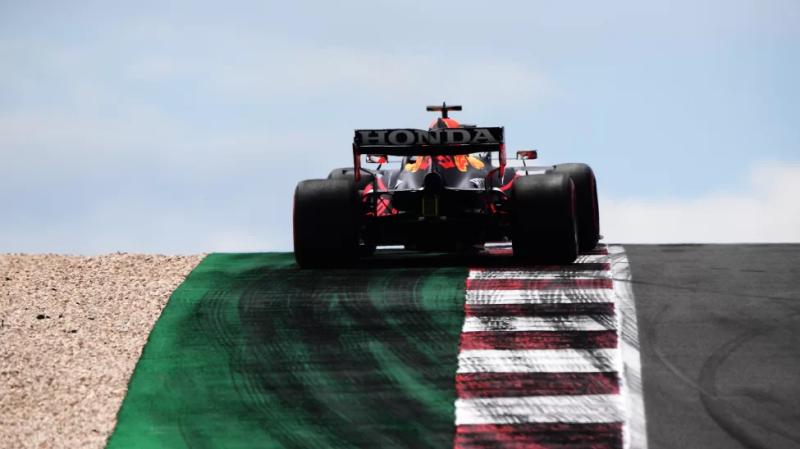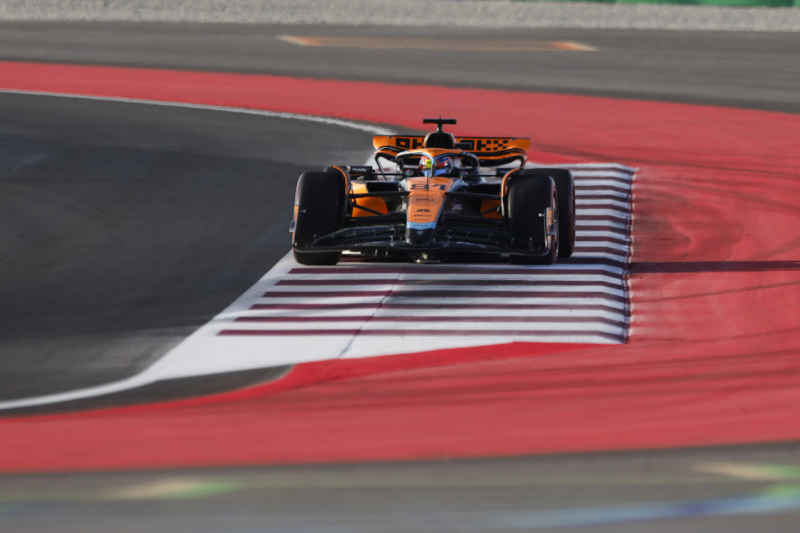The Formula 1 race is difficult not only for the competitors, but also for the judges, who in this sport are called marshals. One of the important rules is to prohibit all wheels from crossing the white lines, which can give an advantage. Not always on purpose, pilots may have difficulty seeing the painted stripes from their position, but this is still punishable by a warning (three warnings usually turn into a 5-second penalty). To help marshals, Formula 1 will be testing an artificial intelligence system that will detect whether a car has left the track.
The Fédération Internationale de l'Automobile (FIA), motorsport's governing body, said the Abu Dhabi Grand Prix, which closes the season this weekend, will use computer vision technology. This approach uses shape analysis to determine the number of pixels crossing a line at the edge of the trace.

For now, the FIA has no plans to fully automate checking for violations of track restrictions. Rather, it wants to significantly reduce the number of potential rule violations that are sent to officials for manual review.
The apogee of problems with track limits was the Austrian Grand Prix in July, when four people had to consider about 1,200 potential violations. After some rule violations went unpunished at the United States Grand Prix in October, the judges felt they would have to find a new approach. For now they plan to use computer vision with artificial intelligence algorithms.
Vacancies
Senior PHP Developer Guided e-Learning, Remote
Helper of the kerivnik LLC “AMS BUD”
HR Manager QATestLab, Remote
This technology is used in medicine to analyze data obtained during cancer screening.
Doctors don't want to use computer vision to diagnose cancer, but to reject the 80% of cases where there is clearly no disease, to give well-trained people more time to check the remaining 20%. And that's what we're aiming for.
– Tim Malone, FIA Deputy Racing Director.
Commercial director course. Focus on practical tasks and subsequent analysis of projects instead of grand theory. Realize your dreams about the planting plant after completing the course. Discover the program
Using artificial intelligence, the FIA hopes to reduce the number of potential violations that marshals manually check to 50 per 90-minute race. The goal is to “remove those that clearly do not need human review.” The FIA has no immediate plans to rely entirely on the technology, but has not ruled it out in the future.

